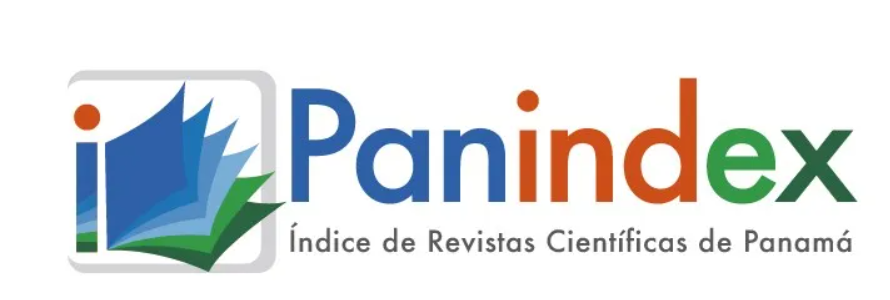The content of the publications and the links suggested in them are the sole responsibility of the authors and not of the METROPOLITAN UNIVERSITY OF EDUCATION, SCIENCE AND TECHNOLOGY (UMECIT) or DIALOGUS magazine. They are protected by international copyright laws as well as the UMECIT and DIALOGUS logos, hence their reproduction is totally prohibited.
This work is licensed under a Creative Commons Attribution-NonCommercial-NoDerivatives 4.0 International License.
The authors maintain the copyright and transfer the right of the first publication to the journal, with the article registered with Creative Commons Attribution-NonCommercial-NoDerivatives License, which allow others They can download the works published in this magazine and share them with other people, as long as their authorship is recognized, but they cannot be changed in any way nor can they be used commercially.
Authors are recommended to include their work in social networks such as Researchgate and institutional repositories once the article or visible fact has been published on the journal page, without forgetting to include the digital document identifier and the name of the journal.



Abstract
The objective of this essay is to make a historical review of the development of the sciences and to make an approach to the bases of scientific research. It is a misconception to limit science to the knowledge enclosed in the walls of a laboratory, or to refer to some areas of knowledge, when it is true that every time man, from the beginning, began to ask questions about himself and about the world around him, he began to do and produce science. Thus, the questions, the inquiries, the search, and the questions, the way to great discoveries that have allowed human beings to understand, understand themselves, explain and explain to themselves and to others about existential issues and the reason for things. This essay will outline how man, as a reasonable being, is capable of creating science through research, due to his innate capacities of observation, reflection and innovation. It is not necessary to be a scientist to investigate, but to have a critical and methodical capacity and disposition, and a social sensibility to generate transformation not only in one's own existence but also in what for many may be unattainable.
Keywords
References
Delgado, C. L. (2017). El Nuevo Cerebro Humano, crítica, reflexiones y nuevos conocimientos. Bogotá D.C.: Ediciones B Colombia S.A.
Gribbin, J. (2004). Historia de la Ciencia. Barcelona: Editorial Crítica.
Guerrero, G., & Guerrero, M. (2014). Metodología de la investigación. Serie Integral por competencias (Primera ed.). México: Grupo Editorial Patria.
Hawking, S. (2002). Historia del tiempo del big bang a los agujeros negros. Reino Unido: Crítica.
Heywood, R. (1978). Más alla del alcance de los sentidos. Buenos Aires: Troquel.
Jaffé, K. (2007). ¿Qué es la Ciencia? Una Visión Interdisciplinaria. Caracas: Fundación Empresa Polar.
Mukherjee, S. (2017). El Gen. Barcelona: Penguin Random House Grupo Editorial.
Rojas, H. (2008). La importancia de las políticas públicas de formación en investigación de niños, niñas y jóvenes en Colombia, para el desarrollo social. Revista Latinoamericana de Ciencias Sociales, Niñez y Juventud, 6(2), 885-906.
Sagan, C. (1995). El Mundo y sus Demonios. La ciencia como luz en la oscuridad. Barcelona: Crítica.
Downloads
Publication Facts
Reviewer profiles N/A
Author statements
- Academic society
- Universidad Metropolitana de Educación, Ciencia y Tecnología
- Publisher
- Universidad Metropolitana de Educación, Ciencia y Tecnología




















